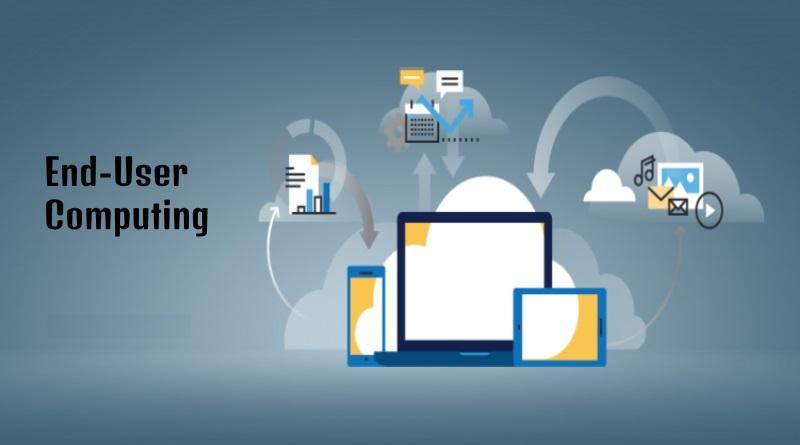The New Digital Workspace: An Introduction to End-user Computing

The modern workplace is no longer defined by a physical office, but by an employee's ability to access their digital tools securely and efficiently from anywhere. This paradigm shift is powered by End-user Computing (EUC), a comprehensive IT strategy that focuses on managing and delivering applications, data, and virtual desktops to users on any device. It represents a move away from the traditional model of managing individual physical PCs. As businesses embrace hybrid work and demand greater agility, the EUC market is poised for significant expansion. Forecasts indicate its size will reach an impressive USD 108.81 billion by 2034, driven by a compound annual growth rate of 6.76% during the 2025-2034 forecast period, highlighting its critical role in enabling the future of work.
At the heart of any EUC strategy are several core technologies that decouple the user's desktop environment from their physical hardware. The most established of these is Virtual Desktop Infrastructure (VDI), where a user's desktop operating system, applications, and data are hosted on a centralized server in a data center and streamed to an endpoint device. A more modern and increasingly popular approach is Desktop-as-a-Service (DaaS), which is the cloud-based evolution of VDI. With DaaS, a third-party provider hosts and manages the entire back-end infrastructure, delivering virtual desktops to users over the internet. This model offers greater scalability, flexibility, and a shift from capital expenditure to a more predictable operational expenditure model for businesses.
Beyond virtual desktops, a comprehensive EUC strategy also encompasses application virtualization and Unified Endpoint Management (UEM). Application virtualization allows individual applications to be delivered to an endpoint without being fully installed on the local operating system, which simplifies management and enhances security. UEM platforms provide a single console for IT administrators to manage and secure all of a company's endpoints—including laptops, smartphones, tablets, and thin clients—regardless of the operating system or ownership model (corporate-owned or Bring Your Own Device). This holistic approach to management is essential for maintaining control and security in a diverse and distributed computing environment, ensuring a consistent and secure user experience across the board.
The benefits of adopting an EUC strategy are profound and multi-faceted. For the business, it offers dramatically improved security, as all data resides in the secure data center or cloud rather than on vulnerable endpoint devices. It simplifies IT management, as all desktops and applications can be provisioned, patched, and updated from a central location. This leads to significant cost savings in terms of hardware lifecycle management and IT support overhead. For the end-user, EUC provides the ultimate flexibility to work from any location on any device, with a consistent and personalized desktop experience, which is a key factor in improving employee productivity, satisfaction, and talent retention in the modern, hybrid workplace.
Explore Our Latest Trending Reports:
- Art
- Causes
- Crafts
- Dance
- Drinks
- Film
- Fitness
- Food
- Oyunlar
- Gardening
- Health
- Home
- Literature
- Music
- Networking
- Other
- Party
- Religion
- Shopping
- Sports
- Theater
- Wellness



